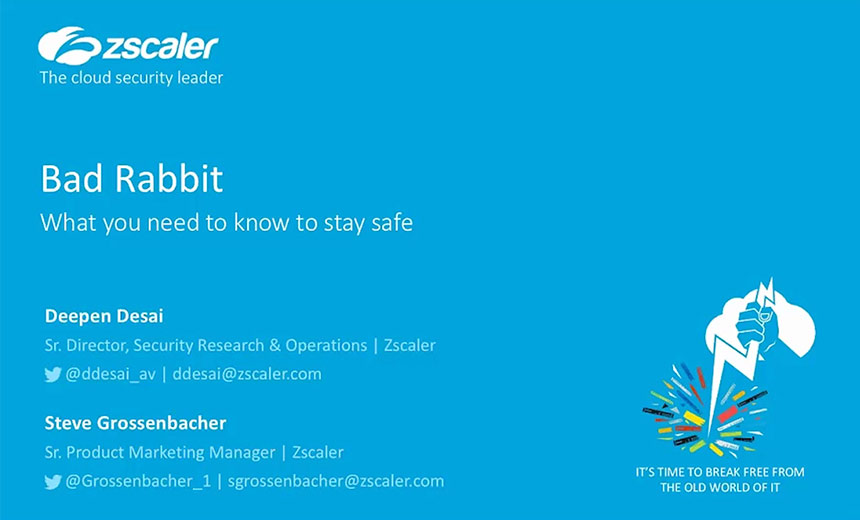Japan: Disaster Pros Step Up
Challenge Hammers Home 3 Key Management Lessons
"I got word from head of security in Japan and immediately took charge to account for all our employees there," she says. "We sent messages to their phones and email addresses, asking them to acknowledge they were OK."
Luckily, all were fine, as Tokyo was not struck hard by the impact. But now, with fears of radiation from the nation's stricken Fukushima nuclear plant, Staley is working closely with her company's crisis management, business continuity, disaster recovery and incident response teams to ensure that communication lines, remote access and appropriate travel arrangements are made to keep the employees and their immediate families safe and secure.
"In a natural disaster of this impact, you do not think of saving an organization first, but you think of securing the people stranded there," Staley says. "Everyone has families, personal assets and houses, and when a natural disaster occurs, that's what you are thinking about first."
For decades, the role of business continuity professionals has remained low on the list of business priorities, Staley says. "We have been treated like health insurance." But when crises occur, she and her colleagues find themselves on the radar of senior management as valuable contributors and strategic advisors on critical business operation management and decision making.
"Today, we are in the forefront, recognized as an essential contributor in risk management efforts directed at mitigating risks and uncertainties for an organization."
3 Key Lessons
From experience in crises, Staley and other experts share these three tips on business continuity and disaster response:- Build Upon Small Plans - With the series of cascading events hitting Japan after the earthquake, including basic infrastructure failures, radiation threats, power outages and loss of lives, clearly no single plan could account for all these disasters. Harvey Betan, a professor for business continuity at Norwich University and a practitioner for 12 years, recommends that professionals focus on implementing business continuity for smaller and more generic events, such as data or a facility being unavailable or inaccessible, versus concentrating all efforts in drafting a single large plan. Betan also suggests professionals to look at perimeters outside their organization, such as supply chain and vendor relations, that influence the planning for such events.
"It is not one single plan that will help the situation in Japan, but a series of small plans which will address the fluidity demanded by such incidents," Betan says.
- Involve BC Professionals at the Outset - In the case of Japan, a country sitting on an earthquake-prone region, Staley finds it surprising that the country pursued nuclear energy as opposed to solar, geo thermal or any alternate source. "It just seems to me that there was no involvement of a business continuity professional in planning any of these projects or sites," she says. "It is always convenience, driven by bottom line, and business continuity is asked to adjust its plans to fit the need. This will certainly change now."
Staley finds that this is a great opportunity for business continuity practitioners to make their case to senior management and create that unique alignment at all levels in the organization along with external partners.
- Don't Forget Personal Preparedness - Every company needs to ensure it includes the personal preparedness plans of their employees. "Business continuity professionals should recognize people as their most important asset," Staley says. She recommends resources such as ready.gov and Red Cross for professionals to implement best practices on such topics as: how to assemble contact points when families are disconnected; how people should communicate; what they should have in their go kit. "Employees should not be stressed in a disaster; they should already know how to respond in the right manner."
In the wake of Japan's disaster, Staley also sees the business continuity role and function broadening under a bigger umbrella, where disparate groups such as incident response, disaster recovery, crisis and emergency management will work together as one team.
"I have personally witnessed the melding of these groups and see them coming together under one definition of business continuity management," Staley says.




















